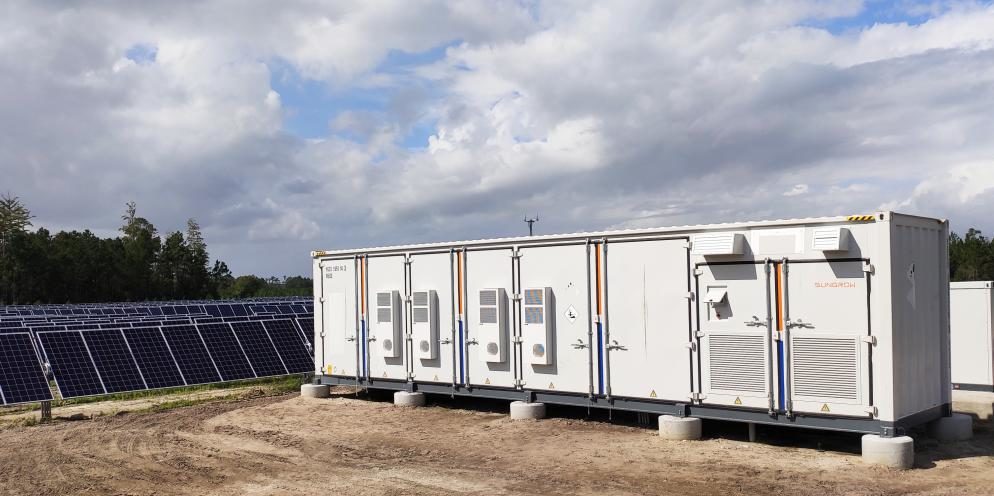Customized Energy Solutions and the U.S. Energy Storage Association have released the StorageIQ Q1 2020 Quarterly Summary, a brief report outlining RTO/ISO actions, rulemaking and state and regulatory proceedings that have impacted energy storage across the United States in 2020.
The Northeast
In Q1, storage developments in the Northeast were led by three main markets: New York, Massachusetts and Virginia. In New York, NYISO’s Distributed Energy Resource filing, one which set the capacity value for storage at 2-, 4-, and 6-hour durations was approved by the Federal Energy Regulatory Commission (FERC). The state also approved changes to its Buyer Side Mitigation policy that will make it easier for storage to pass a Buyer Side Mitigation test and be deemed economical. New York committed over $200 million to proposed storage projects and NYSERDA opened existing incentives to bulk storage projects in the ConEdison territory, which includes the coveted storage markets of York City and the lower Hudson Valley.
Massachusetts, meanwhile, led all ISO-NE states in terms of regulatory developments relating to storage, namely at the Department of Public Utilities and the Department of Energy Resource, which submitted the finalized Clean Peak Standard. On the whole, ISO-NE was directed by FERC to improve practices in its capacity market auction, though claims of the mistreatment of storage in the auction were dismissed.
Virginia boasted the most notable legislative development related to storage, with the state passing a deployment target of 3,100 MW by 2035. Not to be overlooked, Maryland reauthorized and improved a first-in-the-nation energy storage tax credit program for businesses and households installing energy storage systems.
Central and West
ERCOT made meaningful strides in regards to the treatment of hybrid storage systems, advancing a Key Topic & Concept covering registration, market operation and settlement for dc-coupled systems.
Out West, CAISO filed energy storage model revisions to further comply with FERC’s Order 841, while the state of California’s public utilities commission advanced proceedings on the future of Resource Adequacy, Integrated Resource Planning (IRP), the Self-Generation Incentive Program, and microgrids. All of these topics, while differing in scope, highlight the consideration of both distributed and grid-connected storage being primary electric resource types in future generation mixes. Specifically, the IRP’s approved Reference System Portfolio sets a mandate for nearly 9 GW of new battery storage and another 1 GW of pumped or similar long-duration storage by 2030.
Taking the focus off of California, Nevada finalized its energy storage target, calling on the addition of of 1 GW of storage by 2030.
Note 4/8/20: For interested readers, StorageIQ reports are available monthly and quarterly to provide regulatory updates on all things storage. The reports are available for each of the RTO/ISO regions and subscriptions can be found here.
This content is protected by copyright and may not be reused. If you want to cooperate with us and would like to reuse some of our content, please contact: editors@pv-magazine.com.









The FERC commissioner Glick says this Rule 841 determination is some how limiting to the roll out of solar PV. I see it as an opportunity for small co-ops or CCAs to pool monies and create their own small micro-grids in the 1MWp or greater size. This would be great for towns, cities, rural areas and entities like commercial or light industrial to install their own micro-grid to feed their operations every day. The housing development that has solar PV and energy storage at each house, could become a combined aggregate of from a few MWh to hundreds of MWh of distributed energy generation and storage. Local control of generation and energy storage at non-fueled prices.